Most ports can only physically inspect a few containers a day.
Which ones do you open?
C-Hawk applies its specialized algorithms to risk assess all containers so that analysts can zero-in on the most likely containers involved with illicit activity.

Thinking Inside The Box
Most ports can only physically inspect a few containers a day.
Which ones do you open?
C-Hawk applies its specialized algorithms to risk assess all containers so that analysts can zero-in on the most likely containers involved with illicit activity.
C-Hawk contains a massive dataset of historical container manifests, over 500 million records.
It is perhaps the largest dataset of its kind in non-government hands, globally.
The value lies in its utility to act as a surrogate dataset to apply both AI and ML in order to create new profiling and risk assessment algorithms.
By reverse-engineering some known documented seizures, which are present in the data, we can uncover additional targets, albeit historical, but the new algorithms can be then applied against current data to select new targets in real time.
Total accumulated sales of $50 million over 15 years.
These were the major accounts:
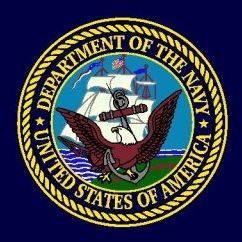
Office of Naval Intelligence (ONI)
Accumulated sales of $35 million over 15 years.

Central Intelligence Agency (CIA)
Accumulated sales of $6 million over 6 years.
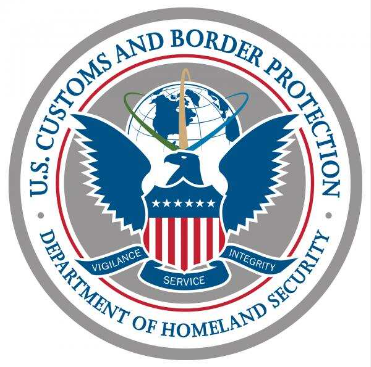
Customs & Border Protection (CBP)
Accumulated sales of $3 million over 3 years.

European Commission (EC)
C-Hawk distributed to 26 EU member countries, via the EC.

United Nations Office on Drugs & Crime (UNODC)
C-Hawk distributed to 12 countries under its Container Control Programme.
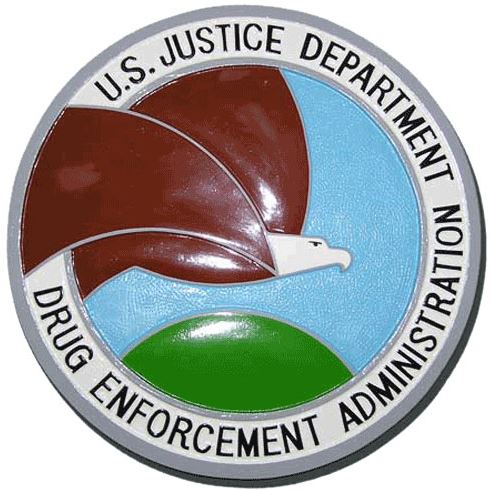
U.S. Drug Enforcement Administration (DEA)
Counter-drug Intelligence training.
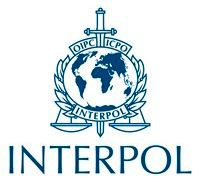
Illegal fishing (IUU) Intelligence training at HQ, Lyon, France, and Lima, Peru.

Argentinian Naval Intelligence
Maritime intelligence training in Buenos Aires via Zoom.
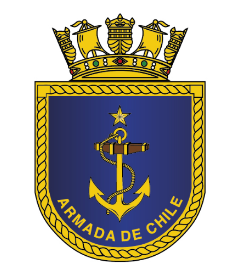
Chilean Navy and Coastguard
Maritime intelligence training and remote targeting.